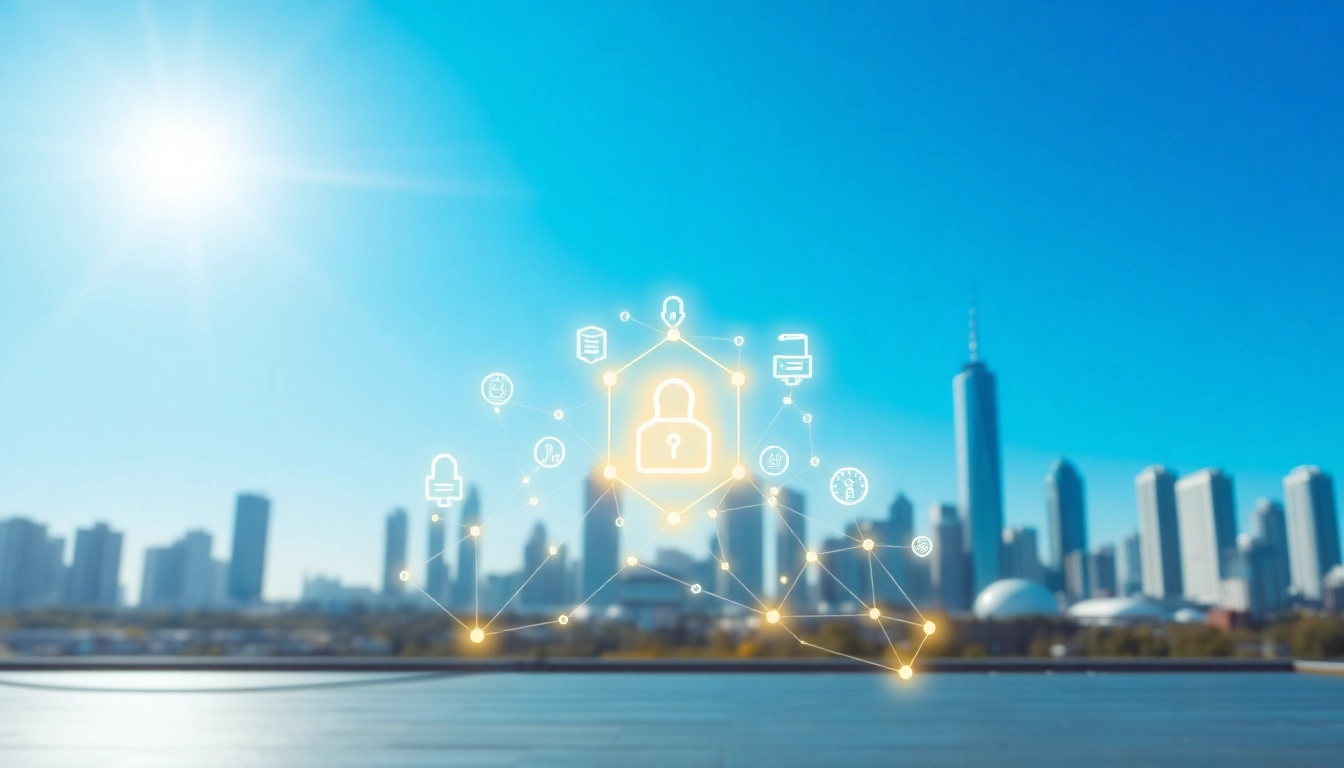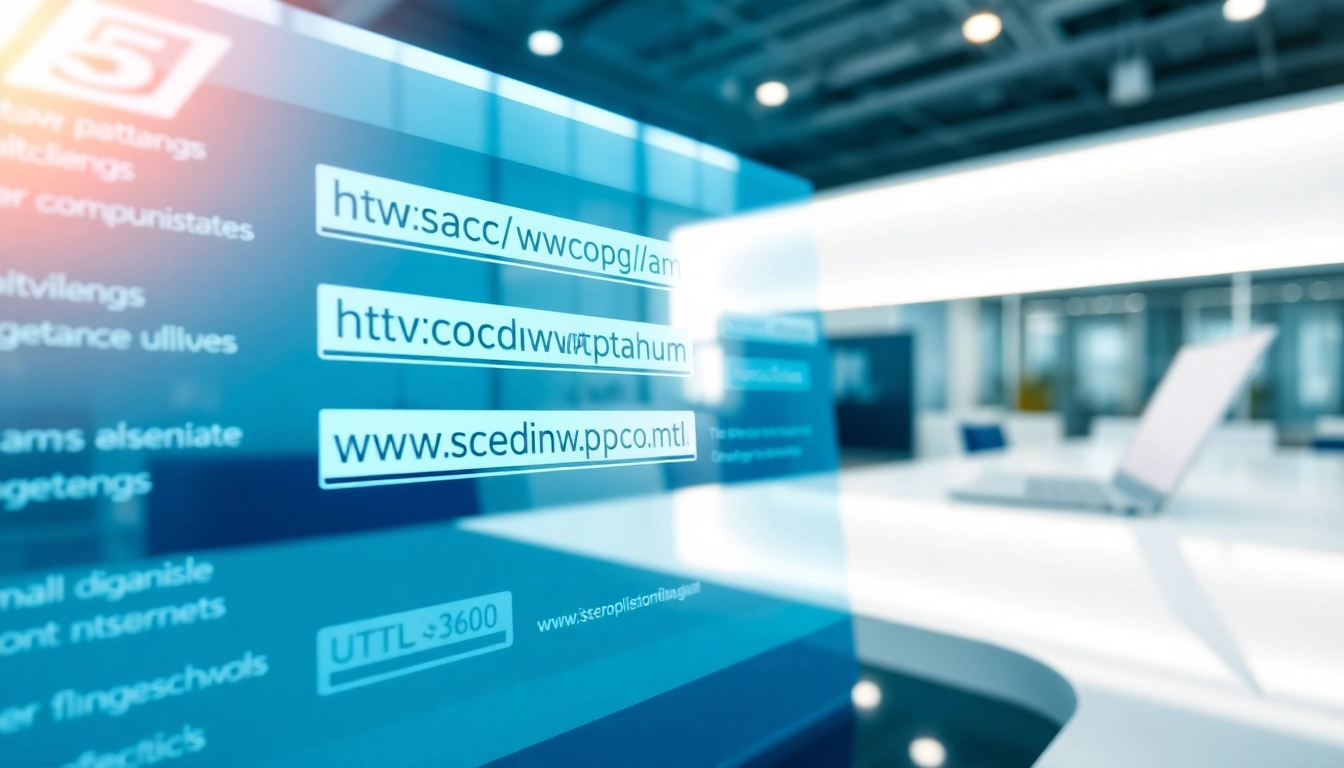
What is Digital Proof of Ownership?
Definition and Importance
Digital proof of ownership refers to the verification and establishment of ownership for digital assets using blockchain technology. In the rapidly evolving digital landscape, where ownership can easily be disputed or forged, these mechanisms are crucial. A digital asset, such as a cryptocurrency or a non-fungible token (NFT), is intrinsically linked to unique cryptographic keys that authenticate ownership. This ensures a tamper-proof record that is accessible and verifiable by any party involved, offering greater trust and reducing the likelihood of fraud.
Understanding digital proof of ownership is increasingly important for individuals and businesses alike, highlighting the need for security and transparency in asset transactions. Digital proof of ownership serves as a critical tool in affirming rights over assets, especially in scenarios where traditional forms of ownership documentation may fall short.
How It Works in Blockchain
At its core, digital proof of ownership utilizes blockchain as the underlying technology. Each digital asset is represented by a unique identifier on the blockchain, which is maintained on a decentralized ledger. This ledger is constantly updated, making unauthorized changes nearly impossible.
When a digital asset is transferred from one party to another, the transaction is recorded on the blockchain, along with the cryptographic hash that confirms both the transaction’s authenticity and the identity of the new owner. This process uses public and private keys to ensure that only the rightful owner can transfer or sell the asset. For instance, in the case of NFTs, each token corresponds to a specific digital or physical item, and its ownership and transaction history can be traced back to its origin.
Common Use Cases
Numerous industries are beginning to adopt digital proof of ownership for various use cases. Some of the most prominent include:
- Art and Collectibles: Artists can mint their work as NFTs, ensuring that buyers have a verifiable proof of ownership.
- Real Estate: Blockchain-based ownership records can streamline property transactions and reduce fraud by providing clear titles and transaction histories.
- Licensing and Certifications: Educational institutions are utilizing blockchain to verify credentials and certificates, preventing forgery and enhancing trust.
- Supply Chain Management: Companies are employing blockchain to track products and materials, confirming ownership at each step of the supply chain.
- Digital Content: Musicians and content creators can distribute works directly to consumers while retaining ownership and copyright protection through blockchain technology.
Benefits of Digital Proof of Ownership
Enhanced Security and Trust
One of the primary benefits of digital proof of ownership is the increased security it offers. Thanks to blockchain’s cryptographic nature, ownership evidence is secure from hacks and alterations, fostering trust among buyers and sellers. This trust is particularly vital in digital marketplaces, where counterfeit products and misrepresentation can catastrophically undermine a brand’s reputation.
Reduction of Fraud Risks
Digital proof of ownership greatly reduces the chances of fraud. In traditional systems, ownership verification can be tedious and often relies on physical documentation, which is susceptible to forgery. Blockchain’s immutable records mean that once a transaction is logged, it cannot be altered. This not only protects buyers but also serves brands by safeguarding their intellectual property.
Innovation in Asset Management
The advent of digital proof of ownership is paving the way for innovative asset management solutions. These include fractional ownership, where multiple individuals can hold shares in a single asset, and easier asset transfer protocols that facilitate sales across borders. This innovation is especially beneficial in industries like real estate, where high barriers to entry often restrict ownership opportunities.
Implementing Digital Proof of Ownership
Technical Requirements and Tools
To implement digital proof of ownership, organizations need to leverage blockchain technology effectively. Key requirements include:
- Blockchain Platforms: Choosing the right blockchain network (e.g., Ethereum, Hyperledger) is vital based on the specific use case.
- Smart Contracts: These autonomous contracts execute automatically when predefined conditions are met, ensuring compliance and reducing manual intervention.
- Wallets: Secure digital wallets are needed to store public and private keys associated with the assets.
- API Integration: Businesses often need to connect existing systems with blockchain solutions for seamless functionality.
Key Players in the Market
The digital proof of ownership space is filled with various stakeholders, including:
- Blockchain Developers: These professionals create and maintain the blockchain networks that enable digital proof of ownership.
- NFT Marketplaces: Platforms such as OpenSea and Rarible facilitate buying and selling of NFTs, acting as intermediaries in the ownership verification process.
- Regulatory Bodies: Governments and regulatory organizations are slowly creating frameworks to ensure compliance and protect consumers in this new space.
- Educational Institutions: Many universities are exploring blockchain for issuing verifiable certificates and diplomas.
Best Practices for Businesses
For businesses looking to adopt digital proof of ownership, adhering to best practices is crucial to avoid pitfalls. Some tips include:
- Conduct Thorough Research: Understand blockchain technology and its implications for your specific industry.
- Engage with Experts: Collaborate with blockchain experts for system development and implementation.
- Educate Stakeholders: Provide training for team members and stakeholders on how blockchain and digital ownership work.
- Stay Informed on Regulations: Keep abreast of evolving laws around digital assets to ensure compliance.
Challenges and Limitations
Technical Barriers to Adoption
Despite its benefits, several technical barriers hinder the widespread adoption of digital proof of ownership. These include scalability issues, where many blockchains face limitations on transaction speeds and volumes. Additionally, blockchain technology’s complexity may deter companies from integration unless they have the necessary technical expertise or resources.
Legal and Regulatory Considerations
Regulatory uncertainty is another major challenge. Governments worldwide are still grappling with how to regulate digital assets, leading to an environment of ambiguity that can make businesses hesitant to adopt blockchain solutions. Companies must work closely with legal experts to navigate these complexities and create compliant frameworks for their operations.
Perception and Education Gaps
Lastly, the public’s understanding of digital proof of ownership remains limited. Misinformation and skepticism surrounding blockchain technology can hinder its acceptance. There is a need for extensive educational initiatives aimed at demystifying blockchain and illustrating its benefits to a broader audience.
The Future of Digital Proof of Ownership
Emerging Trends and Technologies
The future for digital proof of ownership looks promising, with several emerging trends. The integration of artificial intelligence (AI) and machine learning with blockchain technology can enhance efficiency in ownership verification. Additionally, the rise of decentralized finance (DeFi) platforms is expected to further transform how assets are managed and traded, pushing digital ownership solutions into the mainstream.
Impact on Different Industries
The impact of digital proof of ownership will vary across industries. In art and entertainment, it is set to revolutionize how creators get paid, ensuring they receive a fair share through smart contracts. In agriculture, it can aid in track-and-trace systems that improve food safety and quality assurance. As adoption grows, each industry will adapt to leverage this technology in unique ways.
Predictions for Market Evolution
In the coming years, the market for digital proof of ownership is expected to evolve significantly. Experts predict that blockchain will no longer be viewed as an obscure technology but will become an integral part of everyday business operations. As more organizations understand the value it brings, investment in the necessary infrastructure will likely rise, paving the way for mass adoption and innovation.







